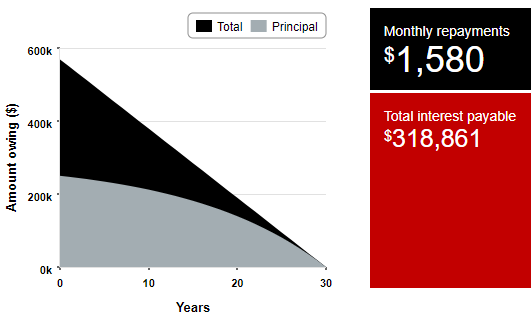When a mortgage professional quotes you an interest rate, you can decide to “lock” it in at the terms and fees quoted, or you can decide to wait and see how the market goes. Remember that if you do not lock in, that quoted rate and cost scenario cannot be guaranteed. Some tips on locking in this market:
- Because rates are low, banks have gotten very busy, so a standard 30-day lock may not work with every lender if that lender has not underwritten your loan yet.
- If you like a rate, but want to think about it, just be aware that we’re in a volatile market right now and it might not be there by the time you decide. Unfortunately, it is not unusual to get multiple rate changes within a day, but for the most part, we have had *really* good rates throughout the year.
- If you do believe that rates will remain steady or go down, we can “float” your rate and go through the underwriting process. Once your loan is underwritten, we would then have the ability to lock in on a 15-day period, which is cheaper than longer periods.
Rates can be locked in for 15 day increments, meaning the rate lock will expire after 15, 30, 45 or 60 days. Your loan must fund by the time the lock period expires. You can always extend the lock, but it comes at a cost and generally is something we want to avoid. If the delay is due to the lenders’ fault or inability to do things in a timely manner, most will honor this and will extend the lock for free. If not … well, it’s my job to fight for that, and so far, I have not yet lost that fight.


